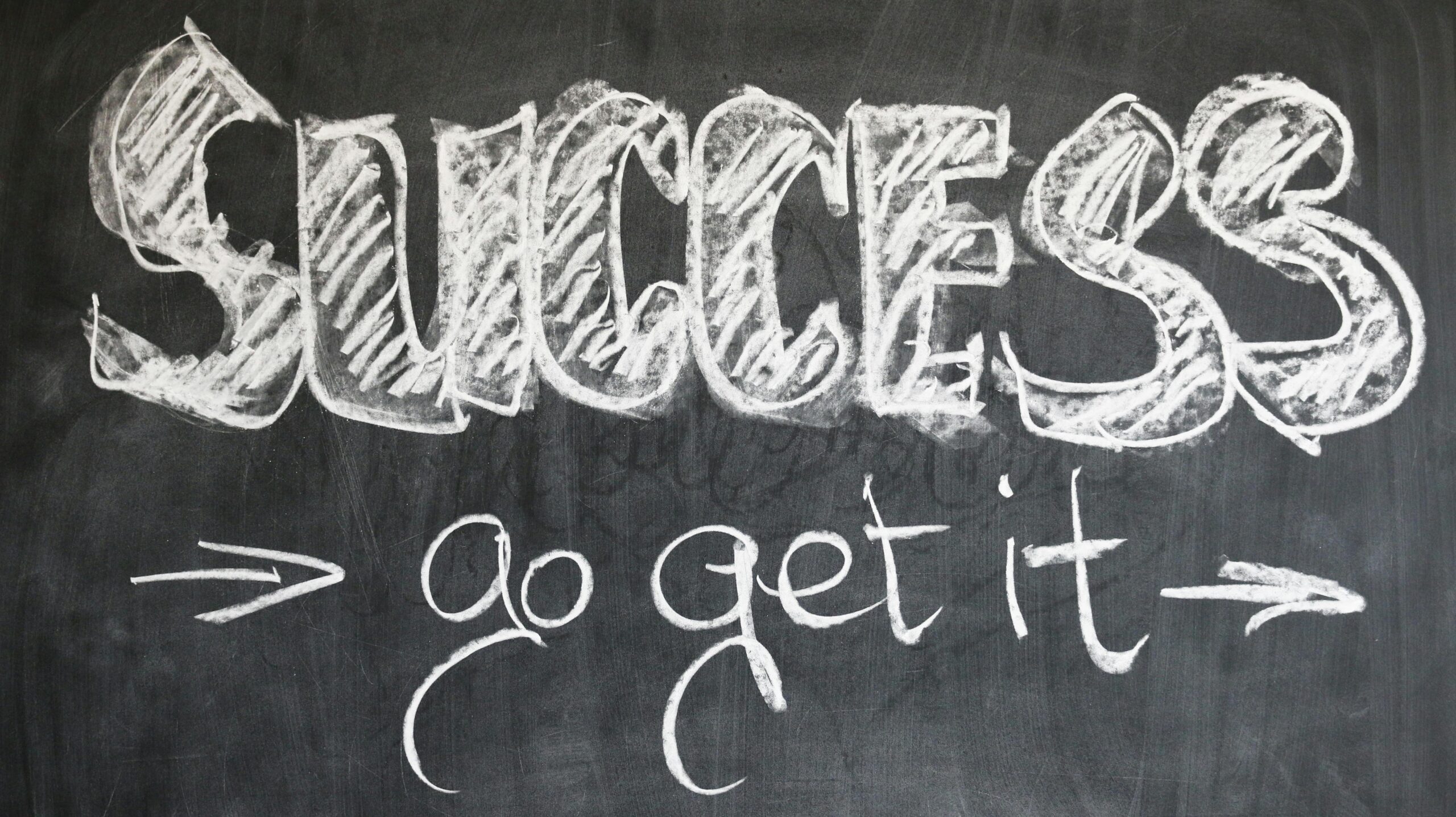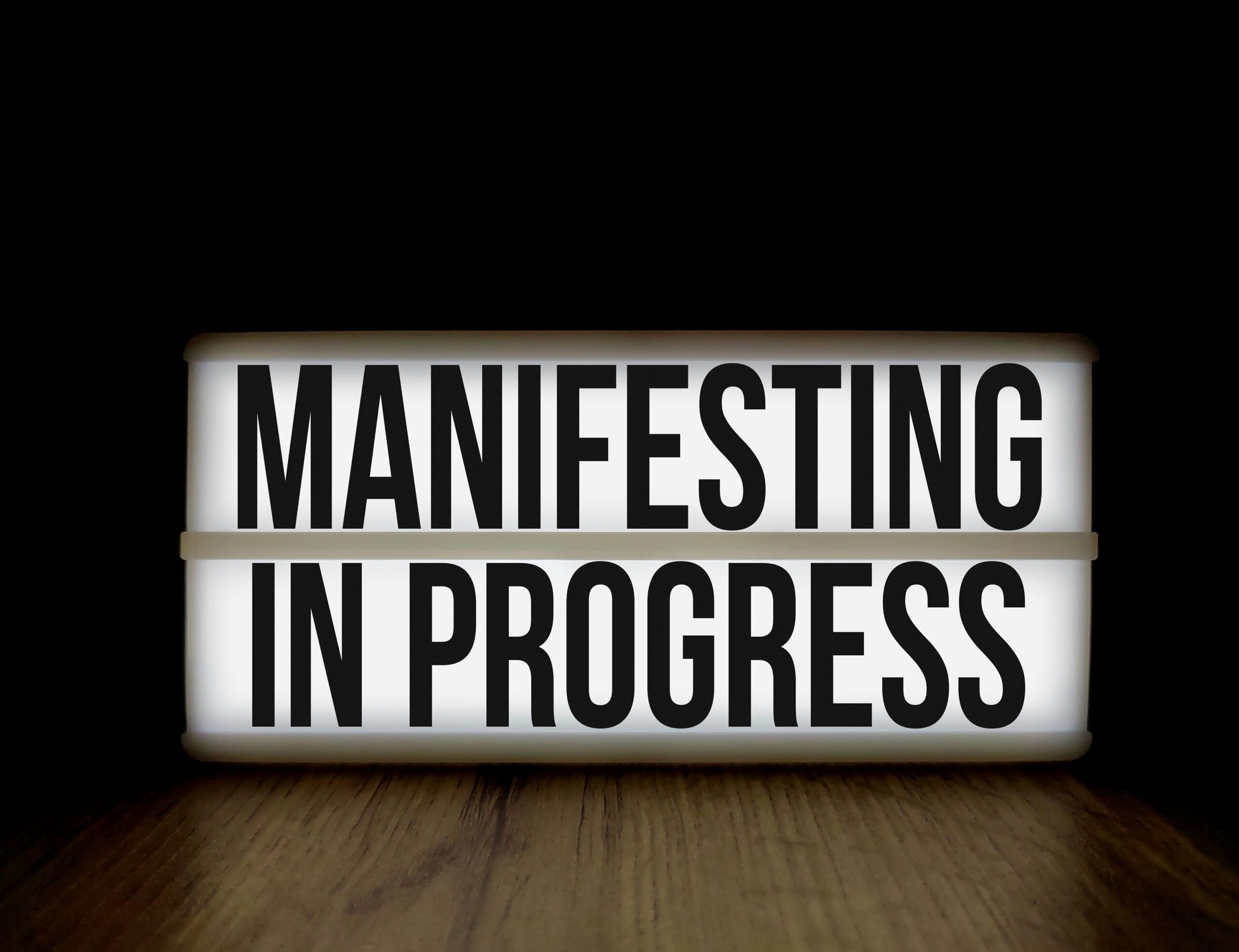Finding meaning in life begins with intentional goal design. The journey toward purpose requires more than wishful thinking—it demands strategic planning, self-awareness, and commitment to continuous growth.
🎯 Understanding the Foundation of Purpose-Driven Goals
Purpose isn’t something you stumble upon by accident. It’s cultivated through deliberate choices and carefully crafted objectives that align with your deepest values. When you design goals with purpose at the center, you create a roadmap that transforms ordinary ambitions into meaningful pursuits that fuel your passion and drive.
The distinction between random goal-setting and purposeful goal design lies in the intentionality behind each objective. While conventional goals might focus solely on achievement markers—like earning a specific salary or reaching a particular position—purpose-driven goals connect these milestones to your broader life mission. They answer the fundamental question: “Why does this matter to me?”
Research consistently shows that individuals who connect their daily actions to a larger sense of purpose experience greater satisfaction, resilience, and overall well-being. This connection isn’t mystical; it’s psychological. When your brain recognizes that your efforts serve a meaningful end, it releases neurochemicals that enhance motivation and reduce the perception of difficulty.
The Architecture of Meaningful Objectives
Designing goals that truly matter requires understanding the essential components that make objectives both achievable and fulfilling. Think of goal design as architectural planning—you need a solid foundation, supporting structures, and aesthetic elements that make the final result worth the construction effort.
Clarifying Your Core Values
Before setting any goal, you must identify what genuinely matters to you. Core values act as your internal compass, guiding decisions and helping you evaluate whether a goal deserves your time and energy. Without this clarity, you risk pursuing objectives that society, family, or peers value rather than what resonates with your authentic self.
Take time to reflect on moments when you felt most alive and fulfilled. What were you doing? Who were you with? What needs were being met? These peak experiences often reveal your underlying values—whether that’s creativity, connection, contribution, autonomy, or growth.
Creating Vision Clarity
Your vision represents the destination you’re working toward. It should be vivid enough to inspire action yet flexible enough to adapt as you grow. Effective vision crafting involves imagining your ideal future in sensory detail—not just what you’ll have accomplished, but how you’ll feel, what your typical day looks like, and the impact you’re making on others.
Write your vision in present tense, as if you’re already living it. This psychological technique, called “future self-continuity,” helps your brain recognize your future self as someone worth making sacrifices for today. The more connected you feel to this future version of yourself, the easier it becomes to make choices that serve long-term fulfillment over short-term gratification.
🔨 The Practical Framework for Goal Design
Theory provides direction, but practical frameworks provide the structure needed to transform aspirations into reality. The most effective goal design systems incorporate both flexibility and accountability, allowing you to maintain momentum while adapting to inevitable obstacles and opportunities.
The Layered Goal Approach
Rather than creating isolated objectives, design goals in interconnected layers that support and reinforce each other. At the top level, establish your overarching life themes—broad categories like health, relationships, career, personal growth, and contribution. Beneath each theme, create 2-3 yearly objectives that move you forward in that domain.
Under yearly objectives, break down quarterly milestones that represent concrete progress markers. Finally, translate these into monthly targets and weekly actions. This layered approach ensures that your daily activities connect to your ultimate vision, creating a sense of progress and meaning in even mundane tasks.
Building in Measurement Systems
What gets measured gets managed, but not everything that matters can be quantified. Effective goal design incorporates both quantitative metrics and qualitative indicators. For instance, a goal to “improve relationships” might include quantitative measures like “have meaningful conversations with three friends weekly” alongside qualitative reflections on connection depth and emotional satisfaction.
Create a simple tracking system that doesn’t overwhelm you. Many successful goal-achievers use habit tracking apps, journals, or spreadsheets to monitor progress. The key is consistency rather than perfection—even tracking 80% of the time provides valuable data about patterns and progress.
Overcoming the Obstacles That Derail Purpose
Even the most carefully designed goals face challenges. Understanding common obstacles allows you to build preventive strategies into your goal design rather than scrambling for solutions when motivation wanes or circumstances shift.
The Motivation Myth
Waiting for motivation to strike is like waiting for inspiration before brushing your teeth—it’s backwards thinking. Motivation follows action more often than it precedes it. Design your goals with this reality in mind by creating systems that reduce friction and make starting easier.
Implementation intentions—specific if-then plans—dramatically increase follow-through rates. Instead of “I’ll exercise more,” try “If it’s Monday, Wednesday, or Friday at 7am, then I’ll do a 30-minute workout in my living room.” This specificity removes decision-making from the equation, making action more automatic.
Managing Energy, Not Just Time
Traditional goal-setting focuses heavily on time management, but energy management proves far more critical for sustained progress. You can have hours available yet accomplish nothing if your mental, physical, or emotional energy is depleted.
Design your goals with energy optimization in mind. Schedule demanding tasks during your peak energy periods. Build recovery time into your plans. Recognize that some goals drain energy while others replenish it, and aim for a balanced portfolio that sustains you long-term.
💡 Integrating Flexibility Without Losing Direction
The paradox of effective goal design is maintaining commitment while remaining adaptable. Rigid adherence to outdated goals creates frustration, while constant goal-shifting prevents meaningful progress. The solution lies in building structured flexibility into your design from the start.
The Quarterly Review Process
Every three months, conduct a comprehensive goal review. Assess what’s working, what isn’t, and what has changed in your circumstances or priorities. This regular checkpoint gives you permission to adjust course without feeling like you’ve failed or given up.
During reviews, ask yourself powerful questions: Is this goal still aligned with my values? Have I learned anything that suggests a different approach would be more effective? Am I pursuing this because I genuinely want to, or because I feel I should?
Distinguishing Between Pivoting and Quitting
There’s wisdom in knowing when to persist and when to pivot. Pivoting involves adjusting your approach or modifying the goal while maintaining your underlying purpose. Quitting means abandoning the purpose itself. The former demonstrates strategic flexibility; the latter might signal a deeper misalignment worth exploring.
Before abandoning a goal, experiment with modifications. Perhaps the goal is sound, but the timeline is unrealistic. Maybe the approach needs changing rather than the objective. Test variables before declaring defeat.
Creating Accountability Systems That Actually Work
Accountability accelerates progress, but only when structured thoughtfully. Generic accountability partnerships often fizzle because they lack clear protocols and mutual investment. Design accountability mechanisms that match your personality and goal type.
Choosing Your Accountability Style
Some people thrive with public accountability—sharing goals on social media or with large groups. Others prefer private accountability with one trusted partner. Still others respond best to self-accountability systems like journals or apps. There’s no universal best practice; the key is honest self-assessment about what drives you.
Consider creating an accountability board—a small group of 3-5 individuals with complementary goals who meet monthly to share progress, challenges, and insights. The diversity of perspectives enriches problem-solving while the consistency of meetings maintains momentum.
Building Consequence and Reward Structures
External motivators work best when paired with internal drive rather than replacing it. Design consequence and reward systems that reinforce your purpose rather than undermining it. Rewards should celebrate progress, not just outcomes, acknowledging effort and consistency alongside results.
Consequences shouldn’t be punitive but should create genuine stake in follow-through. Some people use financial commitments—donating to an opposing cause if they miss targets, for instance. Others use social consequences, knowing that breaking commitments to respected peers creates discomfort worth avoiding.
🌱 Cultivating the Identity That Supports Your Goals
Sustainable goal achievement requires identity-level change, not just behavior modification. When you see yourself as the type of person who does certain things, those actions become expressions of self rather than external impositions.
The Identity-First Approach
Instead of starting with outcomes, begin with identity. Rather than “I want to run a marathon,” try “I am becoming a runner.” This subtle shift changes your relationship with the goal from something you’re trying to accomplish to something that reflects who you are.
Every action you take casts a vote for the type of person you’re becoming. Small, consistent actions aligned with your desired identity accumulate into genuine transformation. You don’t need to wait until you’ve achieved the goal to claim the identity—you embody it through practice.
Surrounding Yourself With Your Future Self
Environment shapes identity more than willpower ever could. Design your physical, social, and digital environments to support the person you’re becoming. If you’re cultivating creativity, surround yourself with inspiring art and tools. If you’re developing expertise, immerse yourself in communities of practitioners.
Audit your environments regularly. Does your living space reflect your goals? Do your friendships support or undermine your growth? Does your media consumption align with your values? Make deliberate choices that reinforce rather than contradict your purpose.
Embracing the Journey While Pursuing the Destination
The ultimate art of goal design involves holding two truths simultaneously: working diligently toward objectives while finding fulfillment in the present moment. This balance prevents the “I’ll be happy when” trap that defers contentment to some future achievement.
Building Joy Into the Process
If the path toward your goals feels like constant sacrifice and suffering, you’ve designed poorly. Sustainable progress requires finding satisfaction in the journey itself. This doesn’t mean everything will feel easy or fun, but the overall experience should be rewarding enough to maintain engagement.
Identify which aspects of goal pursuit energize you and which drain you. Maximize the energizing elements and find ways to minimize, delegate, or reframe the draining ones. Sometimes simply acknowledging why a difficult task matters can transform it from burdensome to meaningful.
Celebrating Micro-Wins
Big achievements result from accumulated small victories. Design celebration rituals for minor milestones to maintain motivation during the long middle stretch between starting and finishing. These celebrations need not be elaborate—a moment of acknowledgment, sharing progress with a friend, or a small treat can all serve as effective markers.
The practice of celebration trains your brain to associate goal pursuit with positive emotions rather than just delayed gratification. This emotional conditioning makes persistence easier and more natural over time.
🎨 Designing Goals Across Life Domains
A fulfilling life rarely results from excellence in one area while neglecting others. Holistic goal design considers how objectives across different domains interact and support overall well-being.
The Wheel of Life Approach
Visualize your life as a wheel with spokes representing different domains: career, finances, health, relationships, personal growth, recreation, environment, and contribution. Rate your satisfaction in each area from 1-10, then plot these on the wheel. The resulting shape reveals imbalances that might need attention.
Rather than trying to maximize all areas simultaneously—a recipe for overwhelm—identify 2-3 domains where improvement would create the most significant positive ripple effects. Often, progress in foundational areas like health or personal development naturally enhances other domains.
Creating Synergy Between Goals
The most elegant goal designs create synergy where progress in one area supports another. For example, a goal to “have weekly adventure dates with my partner” simultaneously advances relationship and recreation objectives. A goal to “lead a volunteer project at work” could serve career, contribution, and personal growth purposes.
Look for these synergistic opportunities when designing goals. They maximize impact while minimizing the number of separate initiatives you need to track, reducing complexity and cognitive load.
Wisdom From the Path: Lessons for the Journey
As you craft your path to purpose, remember that goal design is itself a skill that improves with practice. Your first attempts will be imperfect, and that’s not just acceptable—it’s necessary. Each iteration teaches you more about yourself, your values, and what truly matters.
Stay curious rather than judgmental about your progress. When you miss targets or discover a goal no longer serves you, treat it as valuable data rather than personal failure. The point isn’t perfection; it’s continuous alignment with your evolving sense of purpose.
Your goals should inspire you more than they intimidate you. If you feel consistently overwhelmed or discouraged, that’s feedback that your design needs adjustment. Perhaps the timeline is too aggressive, the goal itself is misaligned, or you’ve taken on too many objectives simultaneously.

🌟 Living Your Designed Life With Intention
The art of goal design transforms abstract desires into concrete reality. It bridges the gap between who you are and who you’re becoming, creating a scaffolding that supports growth while honoring your present self. This practice isn’t about achieving perfection or checking boxes—it’s about crafting a life that feels meaningful, engaging, and authentically yours.
Start small if you need to. Choose one area of life and design a single, well-crafted goal that connects to something you genuinely value. Build your systems, track your progress, adjust as needed, and notice what you learn. Then expand gradually, applying insights to other domains.
Remember that you’re not just accomplishing goals—you’re becoming someone capable of designing and achieving them. That capacity is the real prize, more valuable than any single objective. With each goal you thoughtfully design and pursue, you strengthen the muscles of intentionality, resilience, and self-knowledge.
Your path to purpose isn’t found on a map someone else drew. It’s created through the daily choices you make, the goals you set, and the person you decide to become. The art lies not in following someone else’s blueprint but in designing one that reflects your unique combination of values, strengths, and aspirations.
Begin where you are, use what you have, and design what matters. Your fulfilling life awaits—not at some distant destination, but in the purposeful journey you create one goal at a time.
Toni Santos is a personal growth strategist and wealth alignment researcher dedicated to helping people connect mindset, habits, and money with purpose. With a focus on abundance psychology and intentional living, Toni explores how beliefs, behavior, and clarity turn goals into sustainable prosperity. Fascinated by financial psychology and high-performance routines, Toni’s journey bridges coaching, behavioral science, and practical frameworks. Each guide he shares is an invitation to design a life by intention—where daily actions align with values, and values align with long-term wealth. Blending mindset work, habit design, and evidence-based strategy, Toni studies how identity shifts, focus systems, and disciplined execution create compounding results. His work champions the idea that true abundance is built from the inside out—through awareness, alignment, and consistent action. His work is a tribute to: An abundance mindset grounded in gratitude, vision, and responsibility Financial psychology that transforms behavior into smart decisions Goal-oriented living powered by clear systems and repeatable habits Whether you’re redefining success, aligning money with meaning, or building habits that last, Toni Santos invites you to grow with intention—one belief, one plan, one aligned step at a time.




